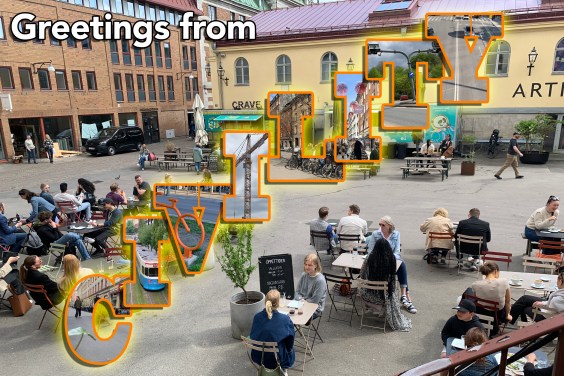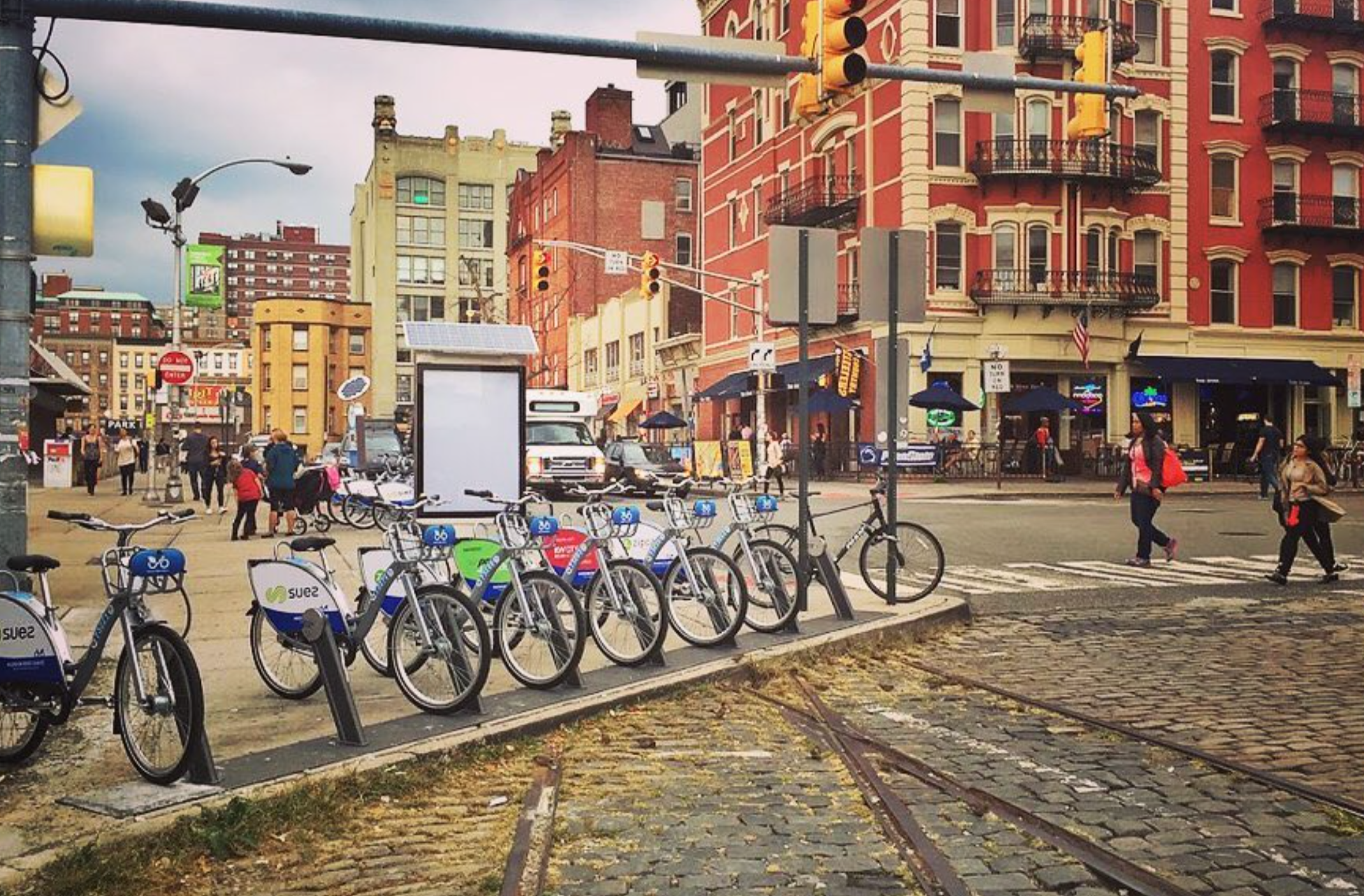The federal DOT has just released its guidance for states seeking a share of its $8 billion in high-speed rail funding -- and tucked in the rules are standards that could prove crucial to the project's success.
 President Obama helps his DOT chief prepare -- for making high-speed rail decisions, perhaps? (Photo: whitehouse via Flickr)
President Obama helps his DOT chief prepare -- for making high-speed rail decisions, perhaps? (Photo: whitehouse via Flickr)The definition of high-speed rail can vary depending on the source. The original White House outline cited a top speed of 150 mph, while European and Asian networks can go as high as 200 mph.
Today's DOT guidance uses the same standard that was outlined in last year's Amtrak reauthorization bill: high-speed trains are those "reasonably expected to reach speeds of at least 110 mph."
That standard appears flexible enough to include most regional rail plans. California's high-speed authority believes the state's service can reach a top speed of 220mph. The states working on a midwestern rail network with Chicago at the center, however, envision their trains achieving an average of 67 mph for local service and 78 mph for express rides.
In addition to speed, the Federal Railroad Administration (FRA) will initially evaluate high-speed rail proposals using six criteria, with each one assuming a different priority level depending on the pot of money that's being spent.
Here's where things get a bit complicated, because high-speed rail aid has been split into four tracks.
The first two use stimulus money for projects and programs, and the second two use money from the annual congressional appropriations process for planning and project execution. In fact, DOT's guidance says the first two tracks of money -- the $8 billion popularly referred to as high-speed rail stimulus money -- may not be paid out in full this year, "to allow for potential future rounds of solicitations and awards which occur after 2009."
The first track of stimulus money is aimed at "shovel-ready" projects that are supportive of high-speed rail development. For these funds, economic benefits (read: job creation) is the No. 1 criterion, followed by general transportation benefits at No. 2.
Saving energy, promoting sustainable development and discouraging fossil fuel use -- what DOT calls "other public benefits" -- is ranked No. 6 out of six priorities for this first track of stimulus money. For the second track of stimulus money, reserved for longer-term work that's not primarily aimed at economic recovery, "other public benefits" is priority No. 2.
Another DOT criterion focuses on the sustainability of each high-speed rail network, or how well local planners have anticipated the financial risk of such a massive project. Sustainability is ranked in the bottom three priorities for both pots of stimulus money.
The dense nature of today's 68-page guidance may make it difficult for many in the mainstream media to pay close attention. Yet with $8 billion on the line, it should be interesting to see how many state and local officials weigh in before DOT's official comment period ends on July 10.




